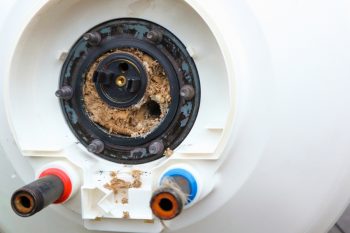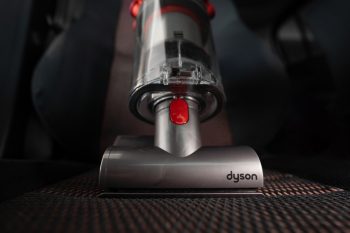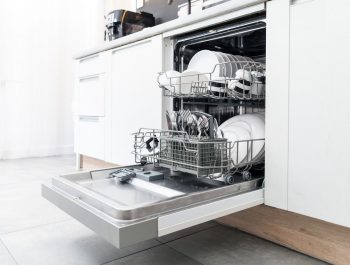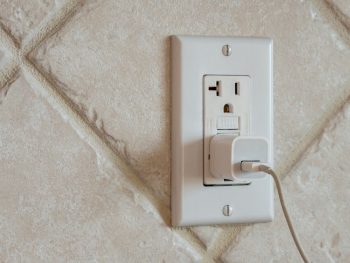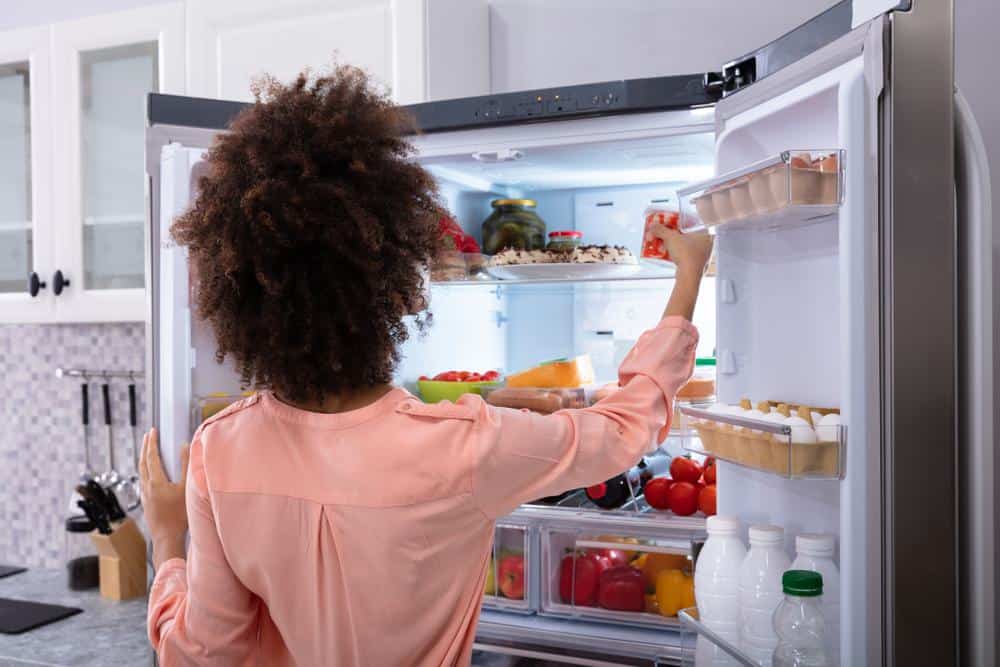
Refrigerators are an integral part of our daily lives, preserving our food and keeping our drinks chilled. However, many of us may not be using our refrigerators to their full potential or in the most efficient way. This comprehensive guide will cover everything you need to know about how to use a refrigerator, from setting the correct temperature to organizing your food and maintaining your appliance for longevity.
To use a refrigerator effectively, set the correct temperature between 35° and 38°F (or 1.7 to 3.3°C) for the fridge and 0°F (-18°C) for the freezer. Organize your food with ready-to-eat items on the upper shelves, dairy in the middle, raw meat on the lower shelves, fruits and vegetables in crisper drawers, and non-perishables in the door. Regularly maintain and clean your refrigerator, avoid common mistakes like overloading, and troubleshoot common issues to ensure efficient operation.
Understanding the Functions of a Refrigerator
The primary function of a refrigerator is to preserve food and maintain a low temperature to slow down bacterial growth. This is achieved through a cycle of heat exchange between the inside and outside of the appliance. The main components of a refrigerator include a compressor, heat-exchanging pipes (condenser and evaporator), an expansion valve, and a refrigerant.
By continuously circulating the refrigerant through this cycle, the refrigerator maintains a cool temperature inside, preserving food and slowing down bacterial growth.
Setting the Correct Temperature
The ideal refrigerator temperature is between 35° and 38°F (or 1.7 to 3.3°C) . For the freezer, the recommended temperature is 0°F (-18°C) . It’s important to regularly check and adjust these temperatures to ensure your food stays fresh and safe to consume.
Organizing Your Fridge
Proper organization of your fridge can make a significant difference in both food safety and efficiency. Here are some guidelines:
- Upper shelves: Store ready-to-eat foods, such as leftovers, cooked meats, and prepared salads.
- Middle shelves: Store dairy products like milk, cheeses, yogurt, and butter.
- Lower shelves: This is the coldest part of the fridge, suitable for storing wrapped raw meat, fish, and poultry.
- Crisper drawers: Store fruits and vegetables separately in these drawers to maintain their freshness.
- Refrigerator door: Use this area for storing non-perishable items like drinks, condiments, and other items that don’t spoil easily.
Maintaining and Cleaning Your Refrigerator
Regular maintenance and cleaning can significantly extend the lifespan of your refrigerator and keep it running efficiently. This includes tasks such as vacuuming the condenser coils, cleaning the door gaskets, performing a deep clean, checking and maintaining the temperature, testing the door seal, replacing water filters, defrosting the refrigerator, and cleaning removable parts.
Avoiding Common Mistakes
There are several common mistakes that people make when using a refrigerator, such as overloading or underloading it, ignoring condenser coils, not cleaning the fridge regularly, poor door seal, storing perishable items in the wrong places, not using the deli drawer, mixing fruits and vegetables, storing hot food, and inefficient organization. By knowing and avoiding these mistakes, you can ensure that your refrigerator operates efficiently and keeps your food fresh and safe to consume.
Choosing the Right Refrigerator
When buying a new refrigerator, consider factors such as size and dimensions, style, storage capacity, energy efficiency, finish, adjustable shelves and drawers, door configuration and locks, specialized storage, ice and water dispensers, and smart features.
Troubleshooting Common Issues
Lastly, knowing how to troubleshoot common refrigerator issues, such as water leaking on the floor, excessive noise, frequent cycling, frost or ice buildup, refrigerator not cooling, and ice maker not working, can save you time and potentially costly repair bills.
By following the above guidelines and tips, you can optimize the use of your refrigerator, save energy, and ensure your food stays fresh for longer.
Frequently Asked Questions
How often should I clean my refrigerator?
It’s a good practice to clean your refrigerator every 3-4 months. However, if there are any spills or leaks, clean them immediately to prevent bacterial growth and unpleasant odors.
Why is my refrigerator making strange noises?
A refrigerator can make noises for several reasons. It could be due to the compressor running, the defrost timer switching on/off, or the condenser fan motor. However, if the noise is loud or unusual, it’s recommended to get it checked by a professional.
What should I do if my refrigerator is not cooling?
If your refrigerator is not cooling, check the thermostat settings first. If that’s not the issue, the condenser coils might be dirty or the door seal might be damaged. If you can’t find the problem, call a professional.
Is it safe to store hot food in the refrigerator?
It’s not recommended to store hot food directly in the refrigerator as it can raise the overall temperature and lead to food spoilage. Allow the food to cool down to room temperature before storing it in the refrigerator.
Can I store all fruits and vegetables together?
Some fruits produce a gas called ethylene that can cause vegetables and other fruits to spoil faster. So, it’s best to store fruits and vegetables separately.


